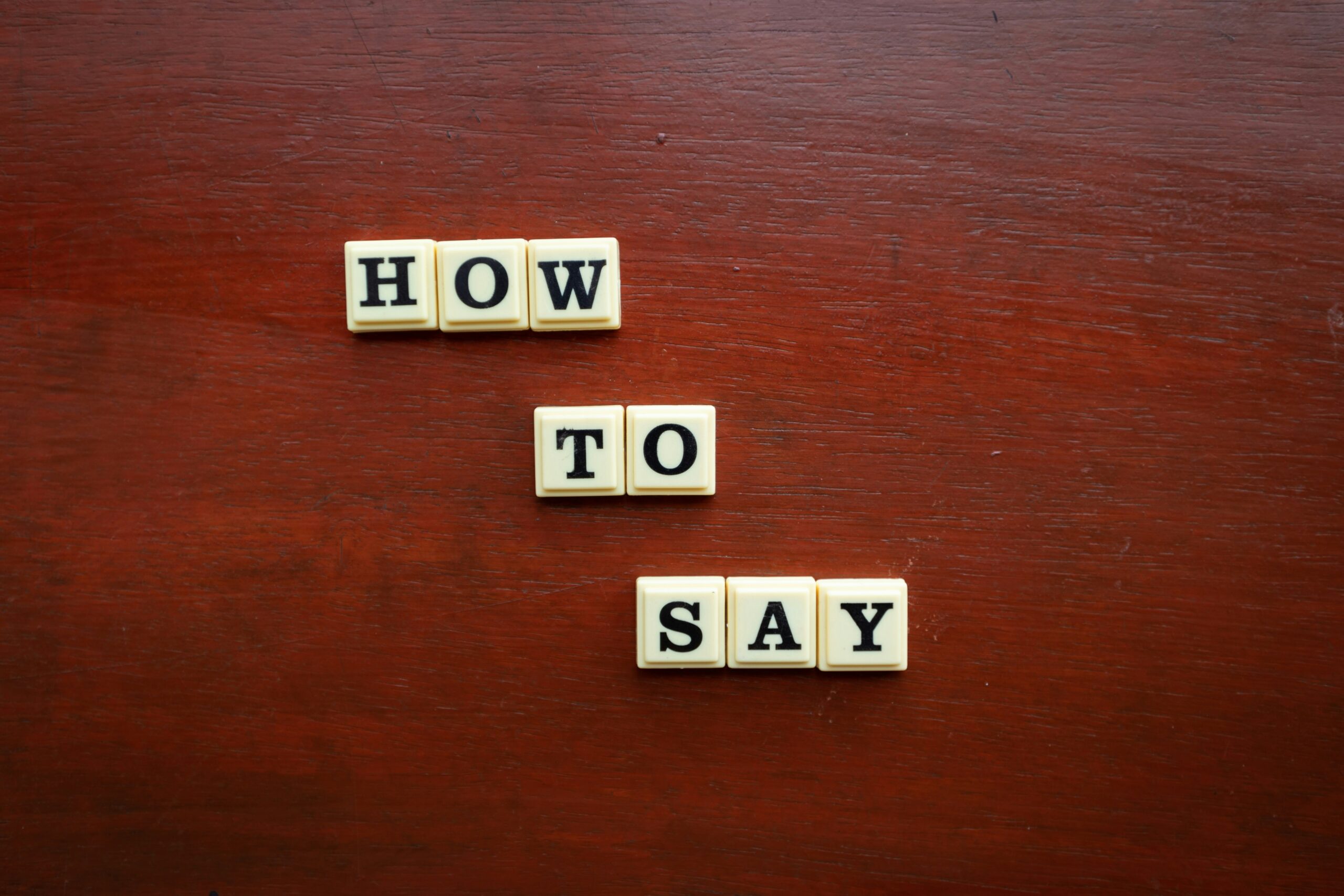
Interpersonal communication is more than exchanging words—it’s the art of connecting with others in ways that build trust, understanding, and respect. Whether you’re navigating workplace challenges, strengthening personal relationships, or meeting someone new, the ability to communicate effectively makes every interaction smoother and more meaningful.
Below are practical, real-world approaches you can use to sharpen your communication skills and strengthen the connections that matter most.
Listening as Your Superpower
Great communicators aren’t just skilled speakers—they’re attentive listeners. Too often, we listen only to reply, not to understand. Active listening means giving someone your full attention, noticing their tone and body language, and asking clarifying questions instead of jumping to conclusions.
Imagine a colleague explaining a project issue. Instead of rushing in with your solution, pause and ask, “So what you’re saying is the timeline feels unrealistic—did I get that right?” That simple reflection not only shows respect but also prevents misunderstandings.
Clarity Wins Every Time
Complicated language, jargon, or rambling explanations can easily frustrate others. Clear communication doesn’t mean dumbing things down; it means choosing words that are easy to grasp and structuring your thoughts logically.
For example, instead of saying, “We’ll need to synergize across multiple verticals to actualize stakeholder value,” you could say, “We need different teams to work together so our clients see better results.” The latter is easier to follow and leaves no room for confusion.
The Role of Body Language
Communication is not only verbal—our bodies often speak louder than words. Crossing your arms during a conversation might unintentionally signal defensiveness, while leaning slightly forward can show genuine interest.
Eye contact is especially powerful. Looking someone in the eye—not staring, but engaging naturally—signals attentiveness and sincerity. For instance, if you’re reassuring a friend during a tough time, your calm voice paired with steady eye contact will likely mean more than the words themselves.
Empathy Builds Bridges
At the heart of interpersonal communication lies empathy: the ability to step into someone else’s shoes. Practicing empathy doesn’t mean agreeing with everything others say—it means acknowledging their feelings as valid.
Picture a teammate overwhelmed by workload. Instead of saying, “We’re all busy,” try: “I can see this feels overwhelming. Let’s look at how we can spread out the tasks.” That response shows both understanding and a willingness to help, fostering collaboration rather than resentment.
Managing Difficult Conversations
We all face conversations that make us uneasy—giving feedback, addressing conflict, or admitting mistakes. The key is to remain calm and respectful while staying focused on solutions.
A practical tip: use “I” statements instead of “you” statements. Saying, “I feel concerned when deadlines slip because it affects the whole team,” comes across far less accusatory than, “You’re always late with your work.” Shifting the focus to your perspective reduces defensiveness and opens the door to cooperation.
The Value of Questions
Questions are one of the most underrated tools in communication. They show curiosity, invite dialogue, and create opportunities for deeper understanding. A thoughtful question can transform a surface-level chat into a meaningful exchange.
In a meeting, instead of passively nodding, try asking, “What challenges do you think might come up with this plan?” This not only shows engagement but also encourages others to share insights that may otherwise go unheard.
Digital Etiquette Matters Too
In today’s world, much of our communication happens through screens. Tone can easily get lost in emails, texts, or chats. Adding a dash of warmth—like a friendly greeting, a brief thank you, or even an emoji in the right context—can help prevent misinterpretation.
For example, compare: “Send me the report.” vs. “Hi, could you send me the report when you get a chance? Thanks!” Both convey the same request, but the second feels more respectful and fosters goodwill.
Practice Makes Connection
Communication skills aren’t fixed—they improve with practice. Pay attention to your daily interactions, and don’t be afraid to adjust. Record yourself giving a presentation to spot habits like filler words or lack of pauses. Ask friends or colleagues for feedback on how you come across in conversations.
Even small changes can have a big impact. Smiling more often, pausing before responding, or replacing negative phrasing with positive alternatives gradually shape you into a communicator who leaves others feeling heard and valued.
Final Thoughts
Improving interpersonal communication skills isn’t about learning tricks—it’s about being intentional with how you connect. By listening actively, speaking clearly, showing empathy, and paying attention to both verbal and nonverbal cues, you can strengthen relationships in every area of life.
Whether in the office, at home, or in casual interactions, your ability to communicate effectively will always be one of your greatest assets. After all, communication isn’t just about sharing information—it’s about building human connection.